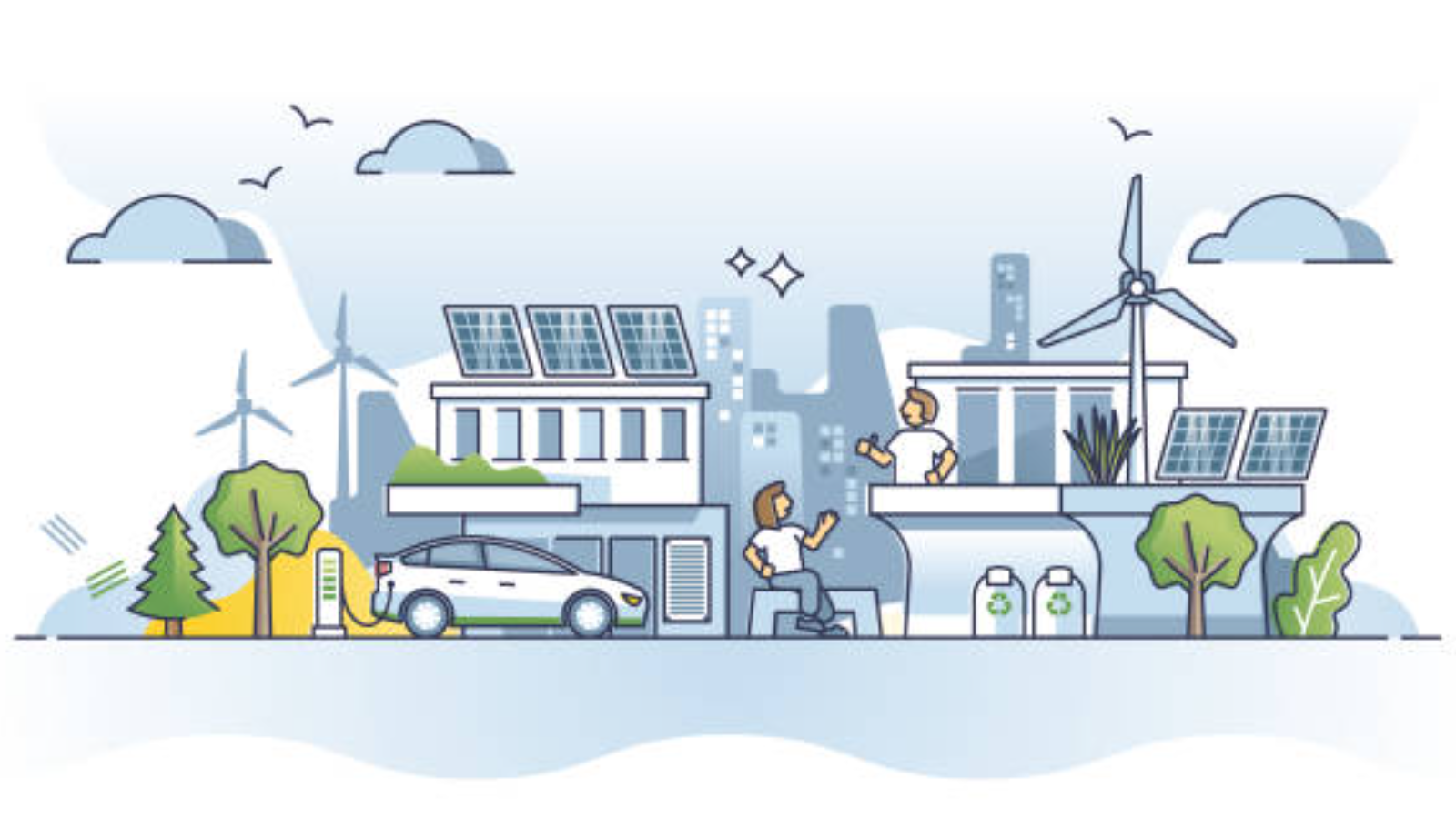In this Article
Introduction
The concept of “smart cities” has become a buzzword in urban planning and development circles over the past few decades. However, when did smart cities start to emerge? Understanding the historical perspective of smart cities can provide valuable insights into their evolution and future potential.
This article explores the origins and key milestones in the development of smart cities.
When Did Smart Cities Start?
The idea of integrating technology with urban planning is not entirely new. Smart cities began in the early 20th century with the adoption of technological advancements to improve infrastructure and public services. However, the term “smart city” gained prominence much later, in the late 20th and early 21st centuries.
1990s: The Birth of the Internet and Urban Connectivity
- The widespread adoption of the internet in the 1990s laid the groundwork for the development of smart cities. Cities began to explore how digital connectivity could enhance public services, improve communication, and foster economic growth.
- Geographic Information Systems (GIS) enabled cities to map and analyze spatial data, improving urban planning and management.
2000s: The Rise of IoT and Data Analytics
- The early 2000s saw the emergence of the Internet of Things (IoT), which enabled the interconnection of everyday devices through the Internet. This innovation allowed cities to collect and analyze vast amounts of data from various sources; for example, sensors, cameras, and smart meters were instrumental in this process.
- Cities like Barcelona and Amsterdam began to implement IoT-based solutions to monitor traffic, manage energy consumption, and enhance public safety.
2010s: The Proliferation of Smart City Initiatives
- The 2010s marked a significant period of growth for smart city initiatives worldwide. Governments and private sectors collaborated to launch pilot projects and large-scale implementations.
- Cities like Singapore, Copenhagen, and Dubai emerged as pioneers in smart city development. They used AI, big data, and blockchain to create efficient, sustainable, and livable urban environments.
The Evolution of Smart City Technologies
The Role of Data
Data is the lifeblood of smart cities. The ability to collect, analyze, and utilize data has been a game-changer in urban management. Key developments in data analytics have enabled cities to:
- Optimize Resource Allocation: By analyzing data on energy consumption, water usage, and waste management, cities can allocate resources more efficiently and reduce waste.
- Enhance Public Safety: Data from surveillance cameras, social media, and emergency services can be analyzed to predict and respond to potential threats, ensuring the safety of citizens.
- Improve Transportation Systems: Real-time data on traffic patterns, public transportation usage, and road conditions can help cities develop smarter transportation solutions, reducing congestion and improving mobility.
The Impact of IoT
The Internet of Things (IoT) has revolutionized the way cities operate. IoT devices and sensors provide real-time data that can be used to:
- Monitor Environmental Conditions: Sensors track air quality, noise, and weather, helping cities address environmental challenges and improve residents’ quality of life.
- Manage Infrastructure: IoT devices can monitor the condition of infrastructure such as bridges, roads, and buildings, allowing for predictive maintenance and reducing the risk of failures.
- Enhance Public Services: Smart streetlights, waste bins, and parking meters can improve the efficiency of public services, reducing costs and enhancing the overall urban experience.
The Role of Artificial Intelligence
Artificial intelligence (AI) has played a crucial role in the development of smart cities. AI technologies can:
- Analyze Complex Data: AI algorithms can process vast amounts of data quickly and accurately, providing valuable insights for urban planners and decision-makers.
- Automate Processes: AI-powered automation can streamline various city operations, from traffic management to waste collection, improving efficiency and reducing human error.
- Personalized Services: AI can help cities deliver personalized services to residents, such as tailored transportation options, healthcare recommendations, and educational resources.
Conclusion
The journey of smart cities from concept to reality has been marked by significant technological advancements and innovative solutions. From the early days of urban connectivity to the proliferation of IoT and AI, smart cities have evolved to become more efficient, sustainable, and livable. As we look to the future, the continued integration of technology and data will play a crucial role in addressing urban challenges and improving the quality of life for city dwellers.
How Can We Help?
At AlphaX, we understand the challenges that cities face in becoming smarter and more efficient. Our comprehensive ecosystem offers solutions ranging from data analytics and IoT integration to AI-powered automation. Our experts are dedicated to helping cities use technology for more livable, sustainable urban environments.
To learn more about how AlphaX can help your city, visit our contact page.
References
Related Blog Posts
How Smart Cities Connect: Getting Started with Edge AI and IoT Technology
How to Get Started with Edge AI and IoT Technologies in Smart Cities: Overcoming Integration Challenges In recent years, the concept of smart cities has evolved from a futuristic Read More
5 Step Strategy: Ensuring Security and Privacy in 15-Minute Smart Cities
Introduction Ensuring security and privacy in 15-minute smart cities is a critical challenge as urban areas become increasingly connected through IoT and edge AI technologies. These cities aim to Read More
What is a smart city and the challenge of legacy systems
How to Get Started with Integrating Legacy Systems in Smart Cities Smart cities are transforming urban landscapes by leveraging technology to improve the quality of life for residents. However, Read More




